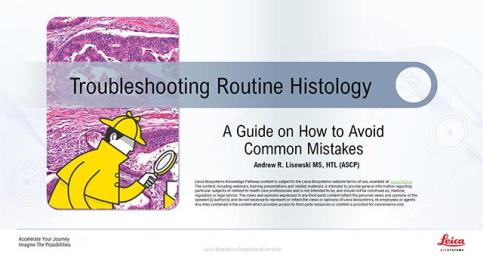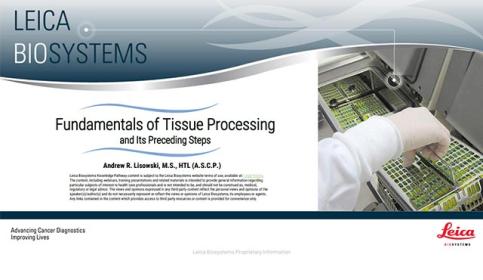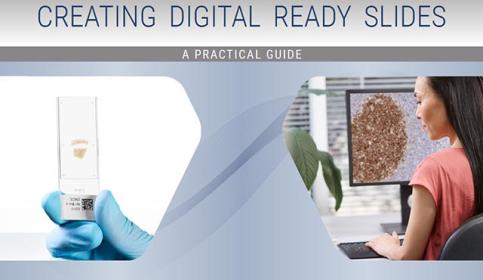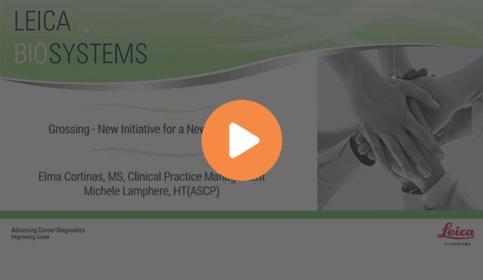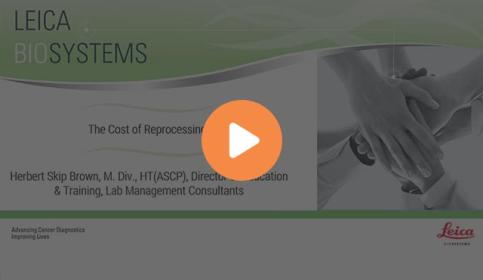Tissue Processing
Tissue processing consists of dehydration, clearing, and infiltration. Here, experts share their recommendations for properly executing these steps.
Fundamentals of Fixation and Tissue Processing
Download this training resource to learn more about the fundamentals of fixation and tissue processing.
Troubleshooting Routine Histology: A Guide on How to Avoid Common Mistakes
Download this training resource to learn more about a typical histology workflow and receive guidance on how to avoid common mistakes.
Fundamentals of Tissue Processing and Its Preceding Steps
Download this training resource to learn more about the fundamentals of tissue processing and its preceding steps.
Techniques to Minimize Articular Cartilage Folding
After a joint has been decalcified, the loss of proteoglycans in the articular cartilage causes it to fold and ripple during the staining process. When this occurs, it makes it impossible to perform histo-morphometry or measurements of the cartilage.
Creating Digital Ready Slides - A Practical Guide
Digital Ready Slides are the essential starting point to compile AI datasets. Being digital-ready now may offer opportunities in the future for augmented diagnostics that benefit patients, pathologists, and providers. Download this training resource and learn more about Digital Ready Slides for AI Development.
The Cost of Reprocessing
One of the most fundamentally critical elements of diagnostic histopathology is first the ability to suspend all cellular activity in tissue and prevent degradation, and secondly to process that specimen in a manner that facilitates subsequent steps such as...
Introduction to Proper Fixation
Download the training presentation for an overview of the “how’s and why’s” of proper Formalin fixation and its relevance to IHC.
Benefits of Implementing a Specimen Tracking System (STS) in Anatomic Pathology
Anatomic pathology has historically relied on manual systems of tracking and data collection. Bar coding and tracking can be used to capture and manage data as well as help histology create standard work in its processes.

